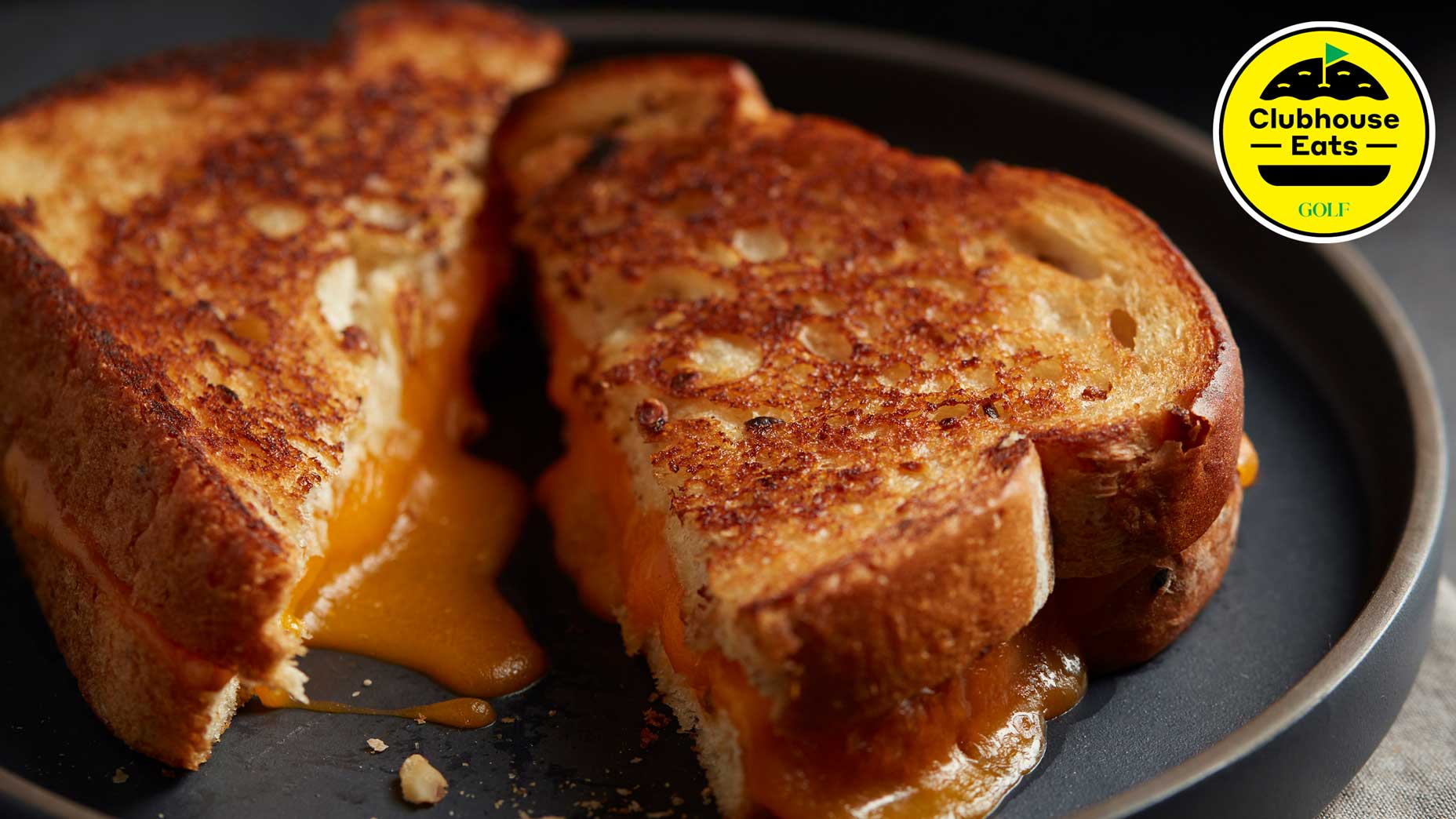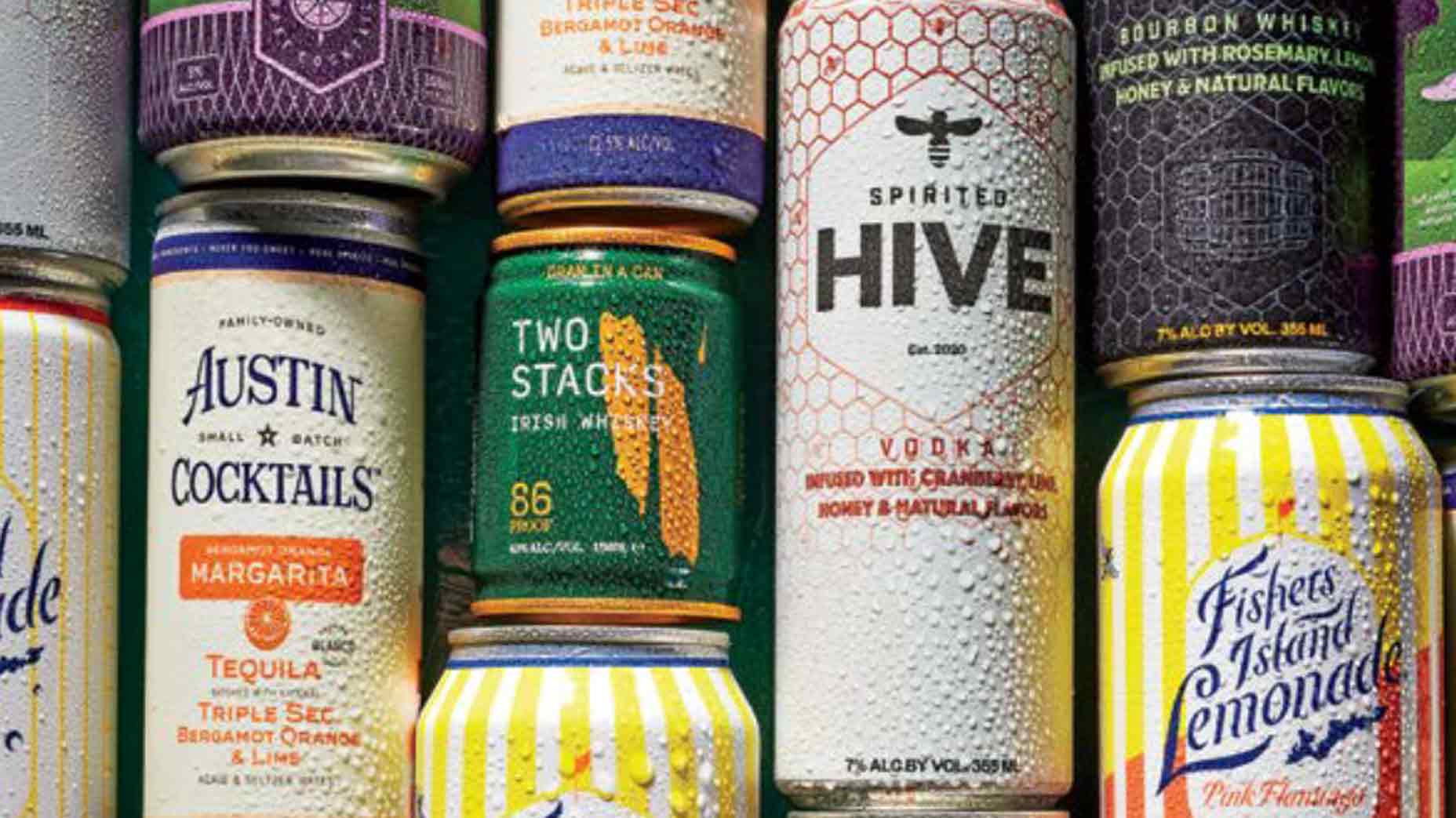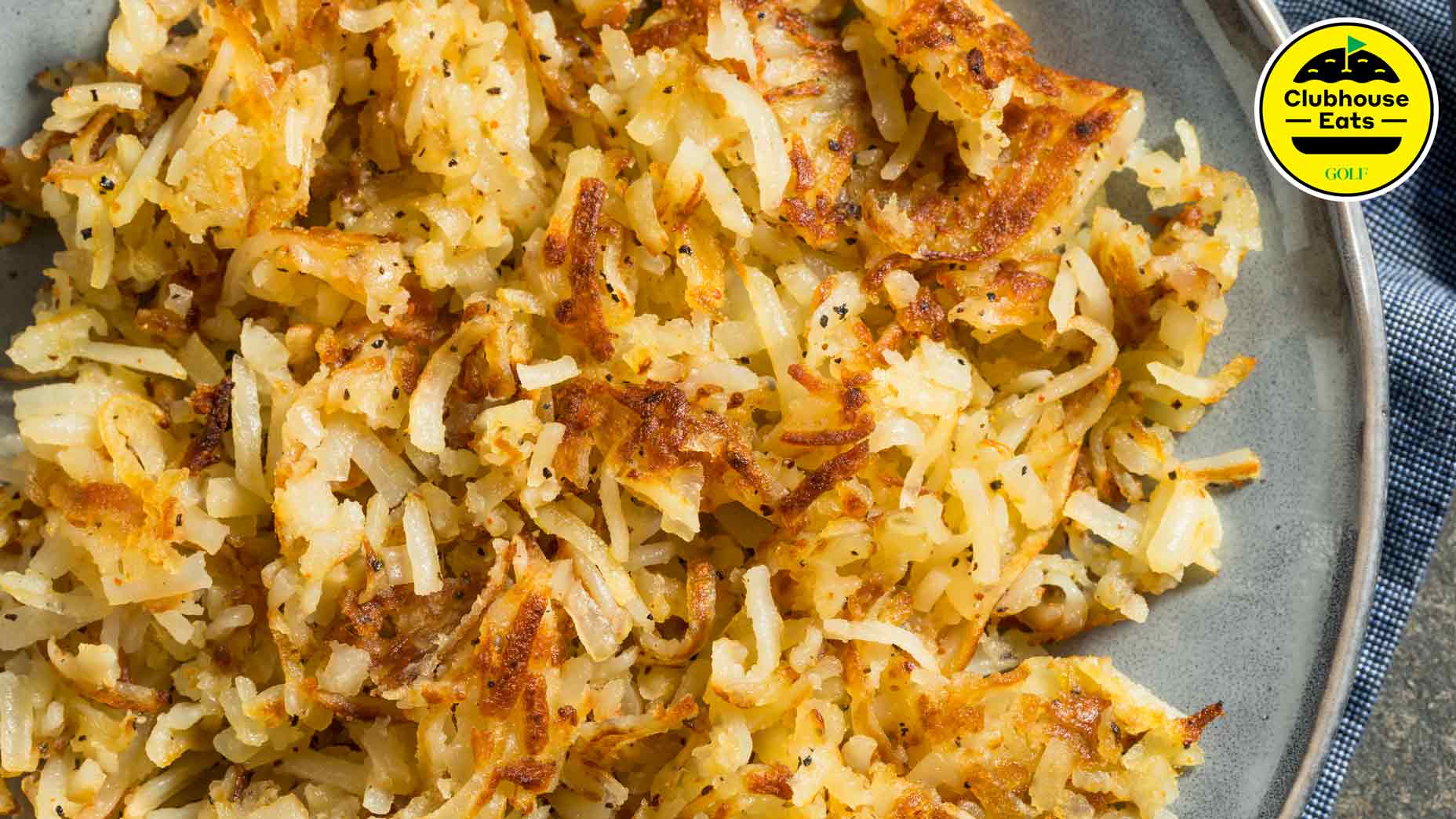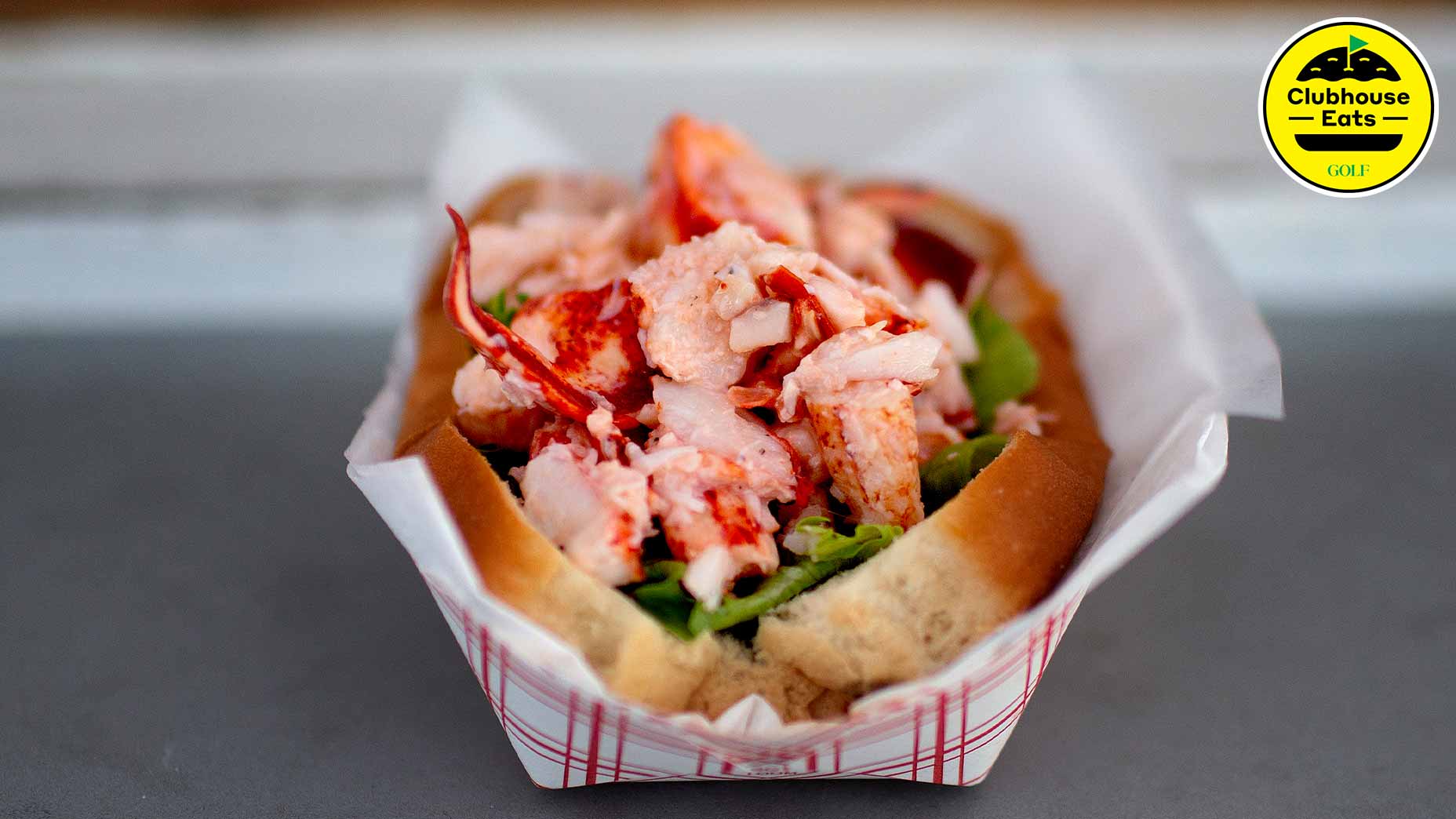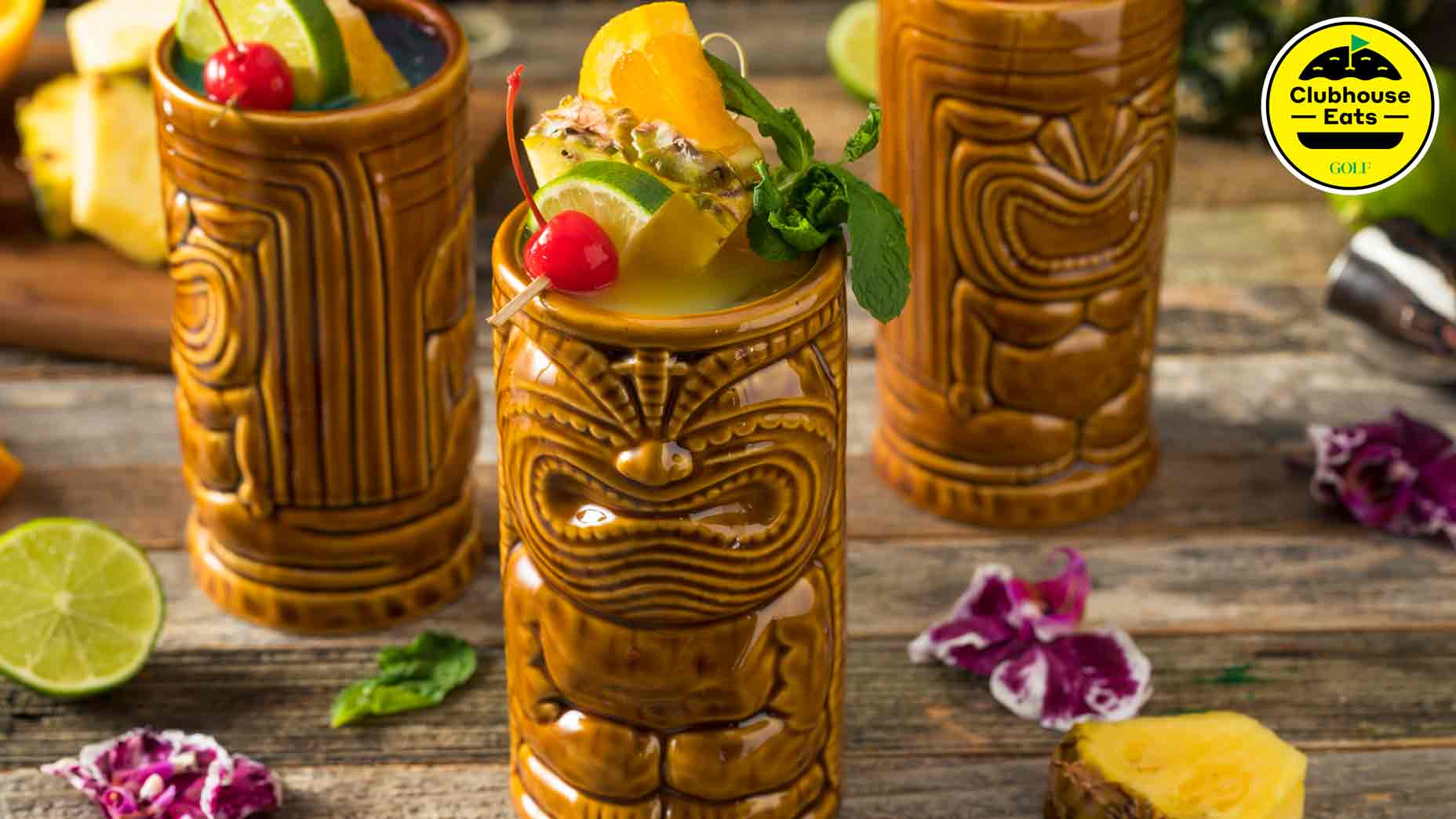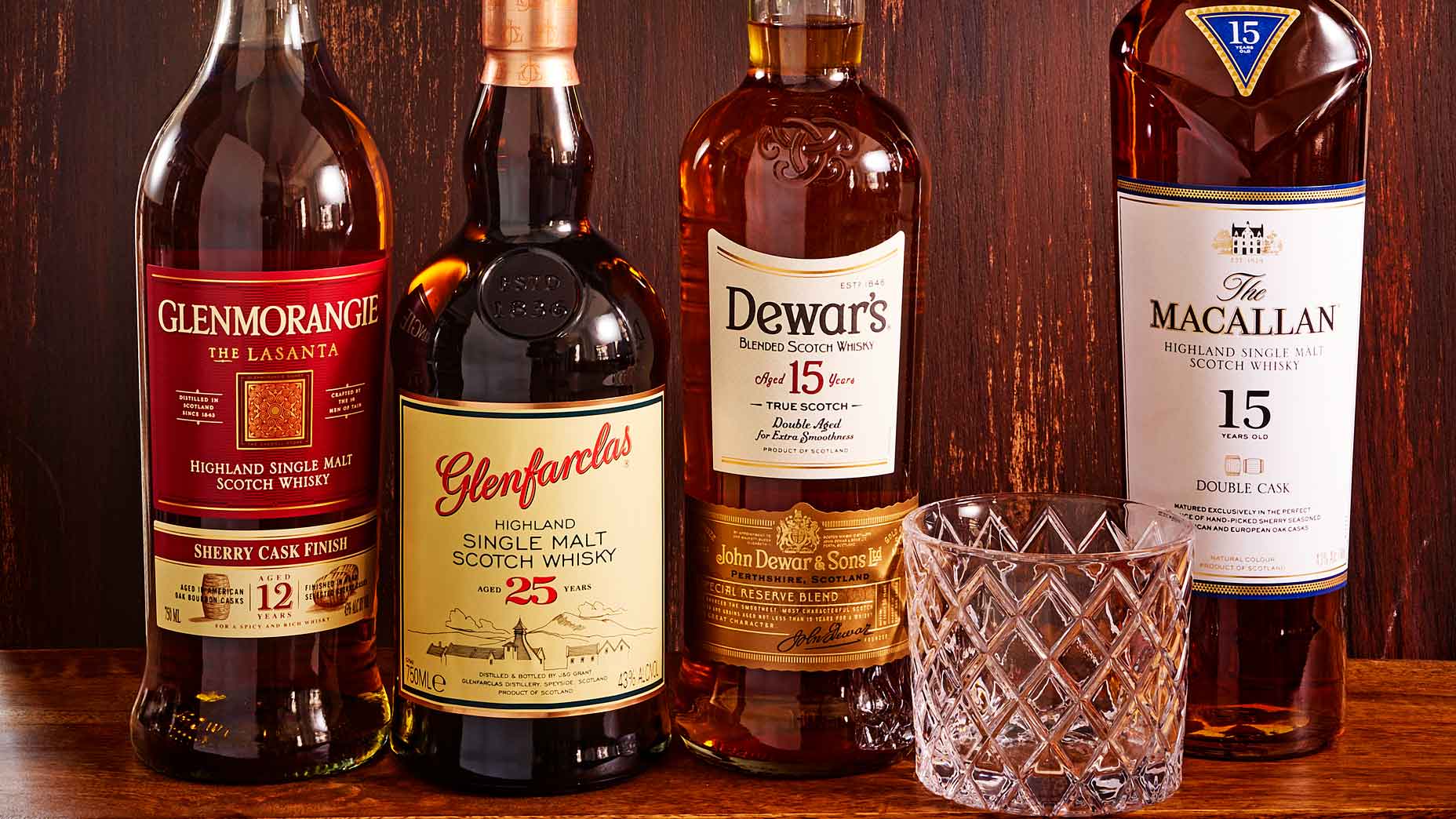The secret to making the perfect club sandwich, according to a golf-club chef
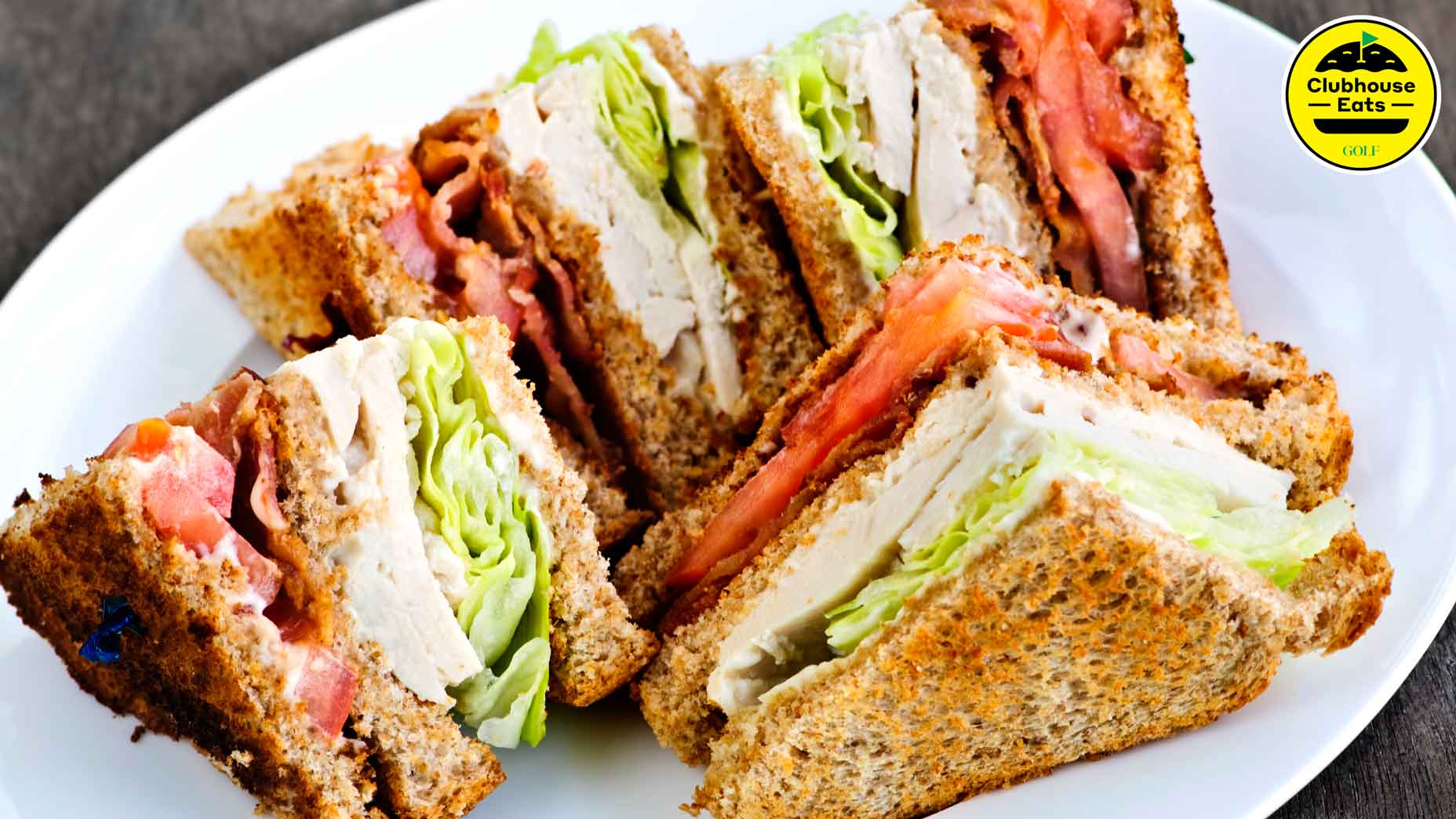
Nothing beats a delicious club sandwich after a round.
Getty Images
Welcome to Clubhouse Eats, where we celebrate the game’s most delectable food and drink. Hope you brought your appetites.
***
If it’s true that success has many parents, then the club sandwich must be the world’s most triumphant mid-day meal. Scour the culinary archives, and you come upon a bounty of origin stories. Some tales trace the date and birthplace of the sandwich to the 1890s at the Saratoga Clubhouse, a hidebound redoubt in Saratoga Springs, New York, while others claim the sandwich came to being in the double-decker cabins of commuter trains that criss-crossed the northeast in the 1930s. Still other accounts make the mundane case that the first club sandwich was created in the wee hours of the morning by a guy with the munchies raiding the fridge.
Debate the lineage all you like.
What no one can dispute is that the club sandwich today is a golf-world mainstay, a staple at pretty much any club with a full kitchen and table service. At the Saint Andrew’s Golf Club, in Hastings-on-Hudson, NY, the North Country Smokestack sandwich isn’t called a ‘club’ on on the menu, but given its components — thick-cut bacon, smoked turkey, with mayo, Bibb lettuce and tomato on toasted sourdough marble rye — every person knows that’s exactly what it is.
By definition, though, what does it really take for a sandwich to qualify as a club? We asked Lee Gross, Saint Andrew’s director of food and beverage, to help us clarify the criteria.
Does a club sandwich have to be a triple-decker?
In a 1972 book on American cookery, the famed food writer James Beard made his opinion plain on this matter. A “three-decker” sandwich, he argued, was a “bastardized” version of the club. Whoever first dreamed it up, Beard argued, “should be forced to eat three-deckers three times a day for the rest of his life.” Lee Gross takes a less strident stance. On the one hand, he says, “three thin, well-toasted slices are definitely my preference for optimal textural contrast.” On the other hand, the club sandwich at Saint Andrews is a double-decker and it’s delicious. Bottom line: double and triple-deckers are equally fair game, so long as the sandwich has contrasting textures and an appealing balance of fillings and bread.
What’s the best meat for a club sandwich? Turkey, chicken or ham?
Though Gross does not abide by any strict rule here — “I’ve done a smoked mackerel club with crisped fish skin subbing for the bacon,” he says — when push comes to shove, he believes that “the classic turkey club will always reign supreme.”
What’s the best type of bread for a club sandwich, and must it always be toasted?
Sourdough. Wheat. White. Marble rye. All can work quite nicely. In the end, Gross says, the type of bread is less important than its preparation. Thin slices are essential, as too much bread will upset the balance that you’re after. And yes, a good toasting is required to achieve the right texture and depth of flavor.
What about condiments? Any absolute musts? Any no-nos?
It can’t really be a club without some kind of bacon. But it doesn’t have to be pork bacon, says Gross, who once created a club sandwich for a restaurant in Los Angeles with ‘bacon’ made from tempeh (tofu’s Indonesian cousin). Most everything else (lettuce, tomatoes, onions, etc.) is up for discussion. What’s “non-negotiable,” Gross says, is mayonnaise. His preference is Duke’s, and lots of it.
How thick is too thick for a club sandwich? And should toothpicks always be used to hold it together?
Gross’s guidance here is beautifully pragmatic: a club sandwich should never be so thick that you can’t fit it in your mouth. It all begins with thinly slice bread. And if you don’t have that, make the sandwich a double-decker and not a triple-decker. As Gross sees it, the only real downside to a double-decker sandwich is aesthetic, as “you can’t achieve the classic presentation of four toothpick-pierced, architecturally impressive triple-decker wedges.” But yes, he says, you should still use toothpicks. No matter what.

